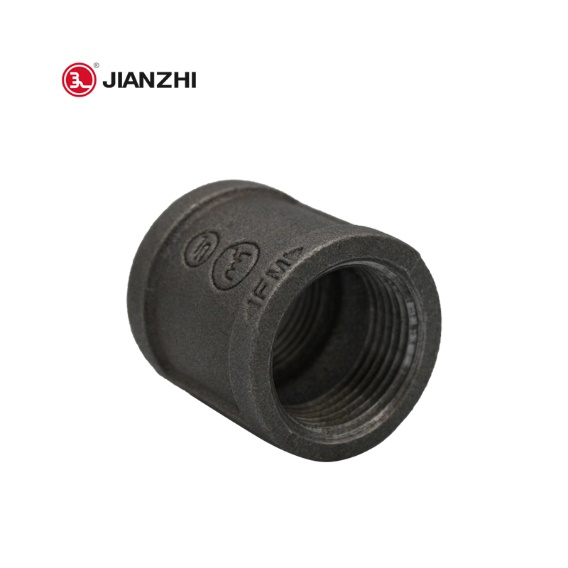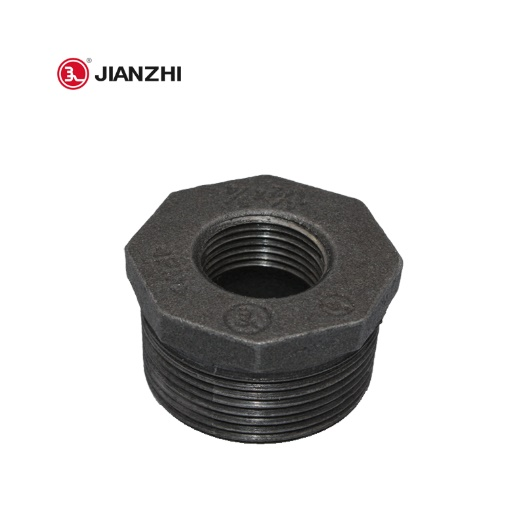Aug. 26, 2024
Understanding thread pitch is crucial for anyone involved in mechanical engineering, manufacturing, or assembly work. Thread pitch refers to the distance between threads on a screw or bolt, measured from the crest of one thread to the crest of the next. This specification is essential for ensuring that fasteners fit properly and function effectively in various applications.

Thread pitch plays a vital role in the performance of mechanical assemblies. An appropriate pitch allows for a secure fit, which is critical for load-bearing applications. When threads are mismatched—due to incorrect pitch—the result can be improper seating, stripped threads, and potential failure of the assembly. Therefore, understanding the standard thread pitch is not just a matter of convenience; it is crucial for safety and efficiency.
To promote consistency and reliability, industries often adopt standard thread pitches. These standards help manufacturers, engineers, and builders communicate effectively and ensure that components work together seamlessly.
In the metric system, standard thread pitches are defined in millimeters. For instance, an M10 x 1.5 screw has a diameter of 10 mm and a thread pitch of 1.5 mm. In contrast, the imperial system measures pitch in threads per inch (TPI). A common example would be a 1/4"-20 screw, which indicates a diameter of 1/4 inch and 20 threads per inch.
M6 x 1.0: This is a standard size commonly used in various applications, providing a balance between strength and ease of assembly.
M8 x 1.25: Another frequently used metric thread, ideal for applications where moderate strength is required.
M10 x 1.5: This size is often found in automotive and construction applications due to its strength and durability.
M12 x 1.75: Commonly used for heavier applications, such as structural components in buildings and machinery.
1/4"-20: This is one of the most commonly used sizes in consumer products and light machinery.
5/16"-18: Frequently used in automotive applications and furniture assembly.
3/8"-16: Common in various industrial applications, offering a good balance between strength and weight.
1/2"-13: Often used in heavy-duty applications requiring strong fastening capabilities.
The relationship between thread pitch and load capacity is a critical consideration in engineering. A finer pitch generally provides more threads per unit length, which can enhance the grip and allow for better load distribution. However, it may also mean a lower tolerance for misalignment. Conversely, a coarser pitch offers fewer threads per inch, making it easier to engage and disengage but potentially leading to less grip.
In practical applications, the choice of thread pitch is often a balance between the specific requirements of the assembly and the materials used. For example, softer materials require a finer pitch to ensure that the threads hold securely, while harder materials benefit from a coarser pitch to facilitate assembly.
To accurately determine thread pitch, several methods can be employed. The most straightforward approach involves using a thread pitch gauge, a tool specifically designed for measuring the distance between threads. This gauge can quickly indicate whether a given screw or bolt matches the required specifications.
For metric threads, the pitch is often marked on the fastener itself, but in cases where it is not, measuring tools can confirm the thread pitch accurately. In the case of imperial
Threads, counting the number of threads in one inch, provide the necessary TPI measurement.

When selecting the appropriate thread pitch for an application, several factors should be considered:
The material of both the fastener and the receiving part plays a significant role in determining the suitable pitch. Softer materials require finer threads for better engagement, while harder materials may benefit from a coarser pitch.
The expected load and stress on the joint are crucial. Higher loads may necessitate stronger, coarser threads, while lighter applications could utilize finer threads.
If frequent assembly and disassembly are anticipated, a coarser pitch might be more suitable to ease the process.
Consideration of environmental conditions such as corrosion, temperature, and vibration can impact thread performance. In corrosive environments, for instance, choosing materials and pitches that mitigate these effects is essential.
Standard thread pitches are widely used across various industries. In automotive manufacturing, for instance, fasteners with standardized thread pitches ensure that parts fit together securely, which is crucial for vehicle safety and performance. In the construction industry, standardized threads facilitate the assembly of structural components, helping to ensure that buildings and other structures are safe and stable.
In the electronics industry, where precision is paramount, the use of standard thread pitches allows for the assembly of components with tight tolerances. This is especially important in devices that require heat dissipation, as secure connections are necessary to prevent overheating.
Understanding standard thread pitch is essential for anyone involved in mechanical design, assembly, or manufacturing. It ensures compatibility and functionality across a wide range of applications. By adhering to established standards and selecting the appropriate thread pitch, engineers and manufacturers can optimize performance and enhance the safety and reliability of their products. As technology evolves and new materials emerge, the importance of thread pitch remains a fundamental aspect of engineering that cannot be overlooked.
SAFER
PRODUCT INFO
ABOUT JIANZHI
TECH DATA
Contact Us
E-mail: sales1@jianzhi-fitting.com
Tel: +86 18698027872
Office In Tianjin:
Heping District, Tianjin, China.
Production Base 1:
Chifeng, Inner Mongolia, China.
Production Base 2:
Tangshan City, Hebei Province, China.
Production Base 3:
Schelei Street,Baicoi City,Prahova County,Romania
Service email: info.ro@jianzhi-fitting.com
Sales email: market.ro@jianzhi-fitting.com
Tel: +40(755)011 849
